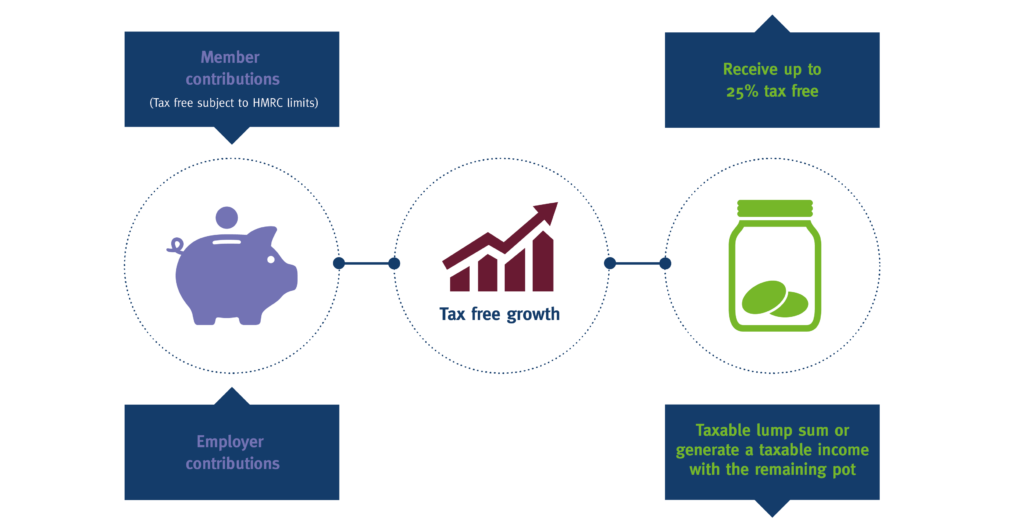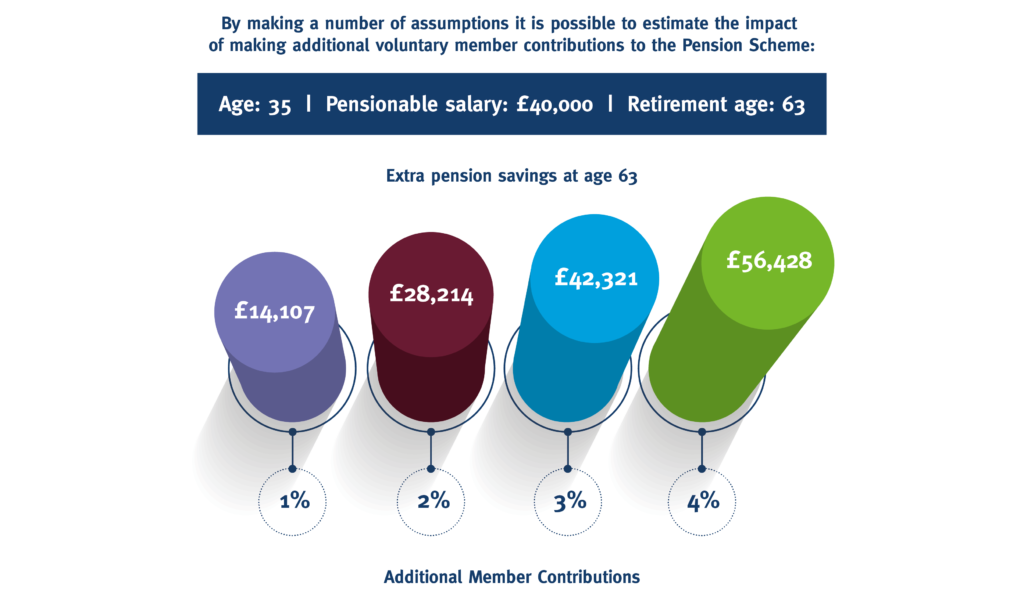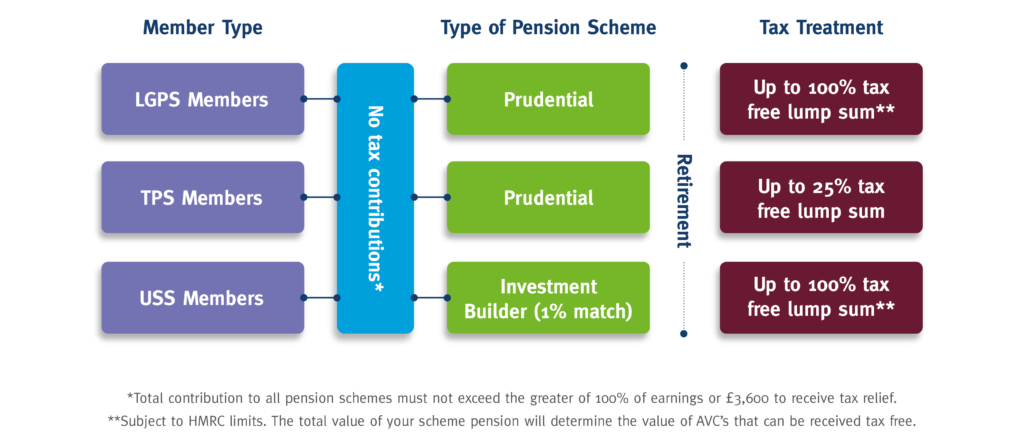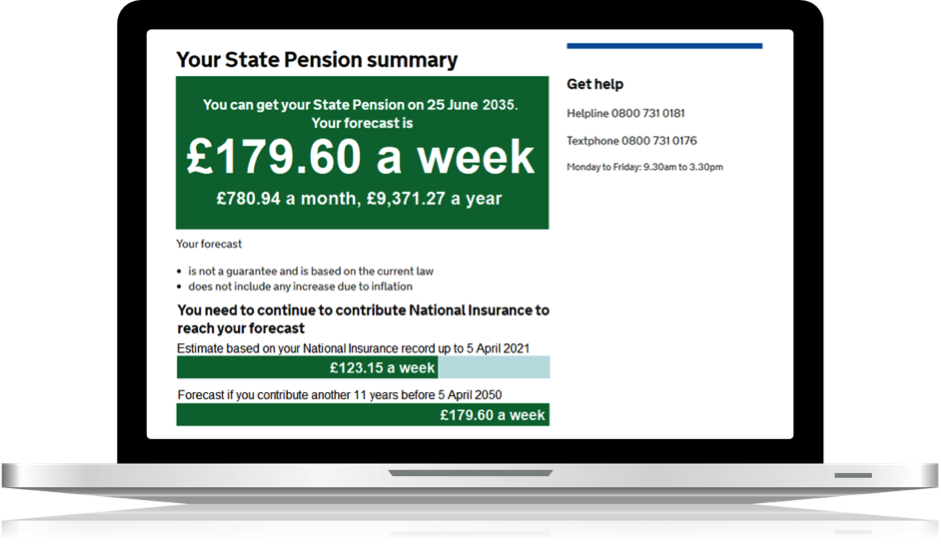HMRC limits the tax efficiency offered by pensions in two ways:
- The Annual Allowance (AA) – limits the value of contributions or growth that can be made into your pension(s) before a tax charge is applied.
- The Lifetime Allowance (LTA) – limits the total value of your pension savings at the point of drawing the pension, before a tax charge is applied.
The AA is based on your earnings for the year and is capped at £40,000 while you’re still working and reduces to £4,000 if you’ve started drawing a pension. This is called the Money Purchase Annual Allowance (MPAA). If you exceed this allowance you won’t get any more tax relief and you will be charged an Annual Allowance charge which can be applied for through scheme pays, see below for more details.
If you’re a member of a DC Scheme this is simple to work out and can be achieved by looking at your contributions for the year. If you’re in a DB scheme this can be a little more complex to work out. Your AA is tested against the increase in the value of your retirement benefits each year, if you have a significant salary increase in a particular year you may be at risk of exceeding the AA. If you believe you may be affected by this, please contact your Scheme administrator.
Tapered Allowance
For high earners, (i.e. those with an Adjusted Income over £240,000) the AA may be reduced. A calculation is required to determine an individual’s Adjusted Income figure. This is a complex calculation but broadly speaking, will include an individual’s taxable income from all sources plus the value of the pension they build up during a tax year. For every £2 an individual’s Adjusted Income exceeds £240,000, their AA is reduced by £1 up to a maximum reduction of £36,000, this means that the AA would reduce to as low as £4,000 for those with an Adjusted Income of £312,000 of above.
It is important to be aware that, in addition to the Annual Allowance, HMRC restricts the amount of tax relief that can be received each year on pension contributions. This limit is up to the greater of 100% of relevant earnings or £3,600.
Lifetime Allowance (LTA)
The LTA is the total value of your pension savings (excluding the State Pension), before a tax charge is applied.
The LTA is £1,073,100 for the 2021/22 tax year. So the total you can receive without incurring a Lifetime Allowance charge amongst all your pensions is this amount.
If certain criteria is met, it is possible to receive protection against previous reductions to the Lifetime Allowance. Subject to being awarded this protection, this would mean you could have a higher Lifetime Allowance limit.
Further information about Lifetime Allowance protection is available by visiting www.gov.uk/guidance/pension-schemes-protect-your-lifetime-allowance
How is this calculated?
DC schemes are valued using the actual monetary value of the pension pot.
For DB pension schemes it is calculated by multiplying your expected annual pension by 20. In addition, you need to add to this the amount of any tax-free cash lump sum if it is additional to the pension.
If you exceed your LTA the excess will be subject to a tax charge:
- 55% tax charge if it’s taken as a lump sum, or
- 25% tax charge if it’s taken as income
For more information on the Annual Allowance or Lifetime Allowance click the links to visit the government website.




